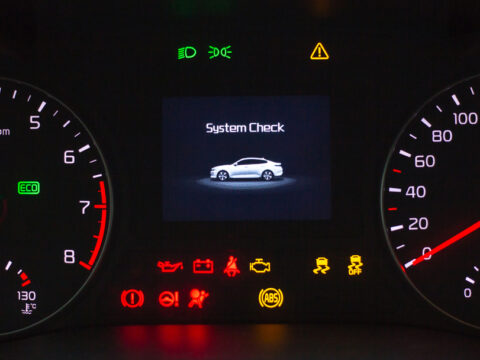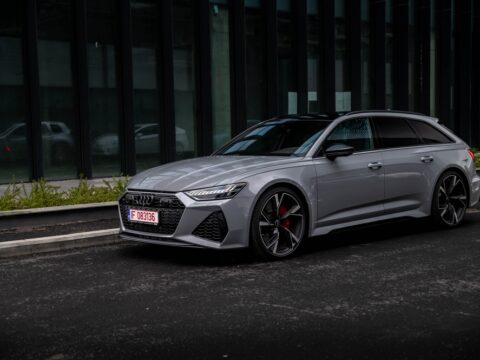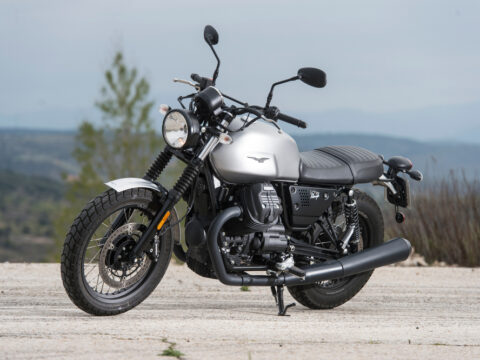Some classic SUVs, despite their robust features and solid designs, never gained widespread popularity. These vehicles often had unique characteristics and strong performance but failed to capture the market’s attention. Whether due to limited production, niche appeal, or overshadowing by more prominent brands, these classic SUVs remain underappreciated gems. Here are some classic SUVs that never gained popularity.
Contents
Isuzu VehiCROSS

The Isuzu VehiCROSS, produced from 1997 to 2001, was an innovative SUV with a distinctive and futuristic design. It featured a 3.5-liter V6 engine producing 215 horsepower and advanced suspension technology borrowed from Isuzu’s off-road racing program. Despite its impressive off-road capabilities and unique styling, the VehiCROSS never gained widespread popularity due to its polarizing design, limited production numbers, and high price tag. Many potential buyers were put off by its unconventional appearance, and Isuzu’s limited marketing efforts didn’t help its case.
Suzuki X-90
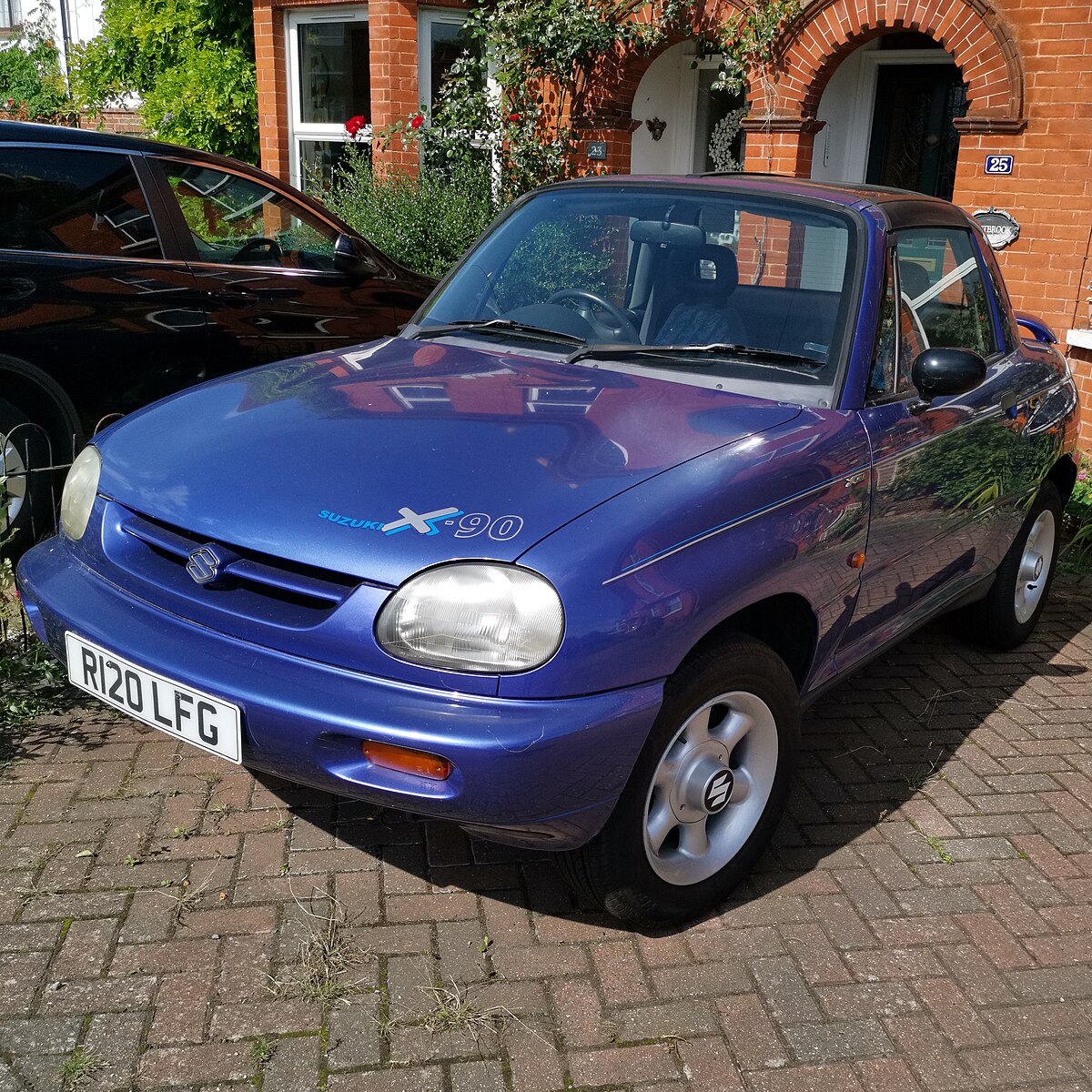
The Suzuki X-90, produced from 1995 to 1997, was a quirky two-door SUV with a T-top roof and compact dimensions. It was powered by a 1.6-liter inline-four engine producing 95 horsepower. Despite its playful design and fun driving experience, the X-90 failed to attract a significant following. Its small size, limited practicality, and lack of off-road prowess compared to other SUVs of the time contributed to its lack of popularity. Additionally, its unique styling was not well-received by the mainstream market.
Daihatsu Rocky
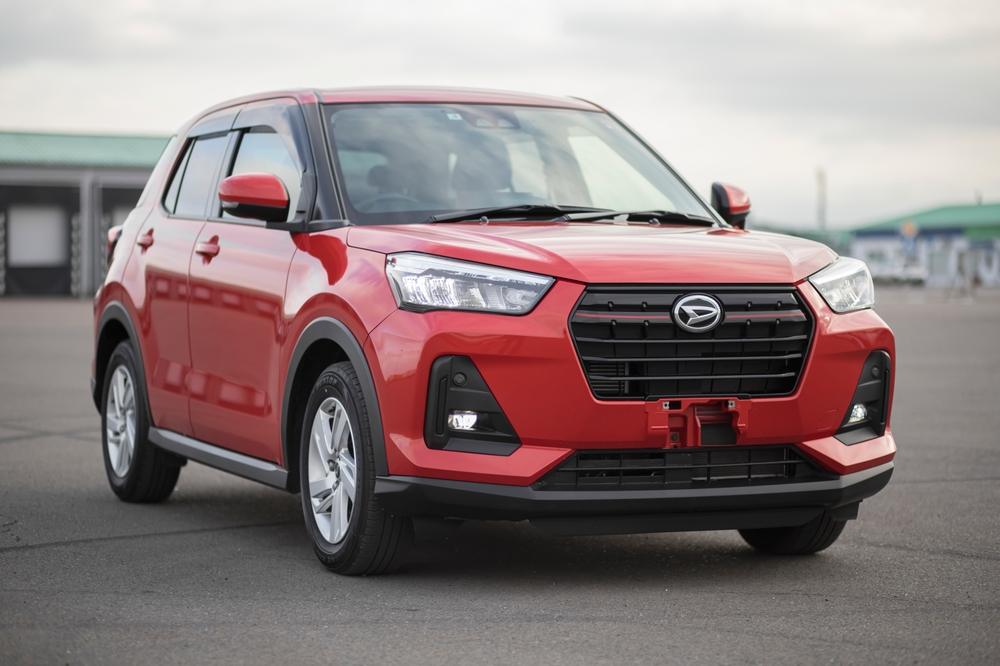
The Daihatsu Rocky, also known as the Rugger in some markets, was produced from 1984 to 2002. It featured a range of small displacement engines, including a 2.8-liter turbodiesel, and was available in both short and long-wheelbase versions. Despite its rugged build and off-road capabilities, the Rocky struggled to gain popularity outside Japan due to Daihatsu’s limited brand recognition and distribution network. Additionally, competition from more established brands in the SUV market overshadowed the Rocky.
Mazda Navajo
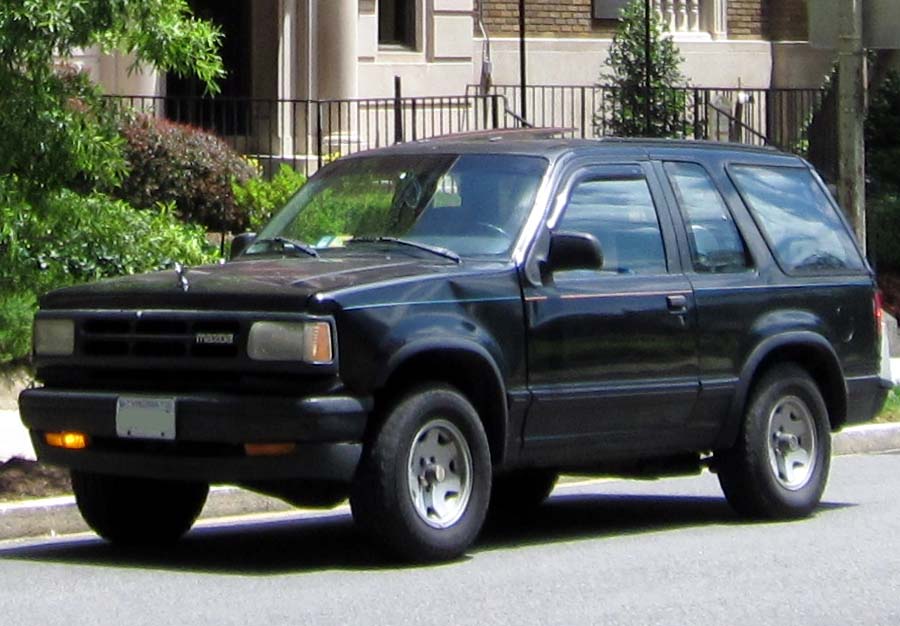
The Mazda Navajo, produced from 1991 to 1994, was essentially a rebadged Ford Explorer two-door SUV. It featured a 4.0-liter V6 engine producing 160 horsepower and shared many components with the Explorer. Despite its solid underpinnings, the Navajo failed to gain traction in the market. Mazda’s lack of experience in the SUV segment, limited marketing efforts, and competition from its own partner, Ford, led to poor sales and its eventual discontinuation.
AMC Eagle
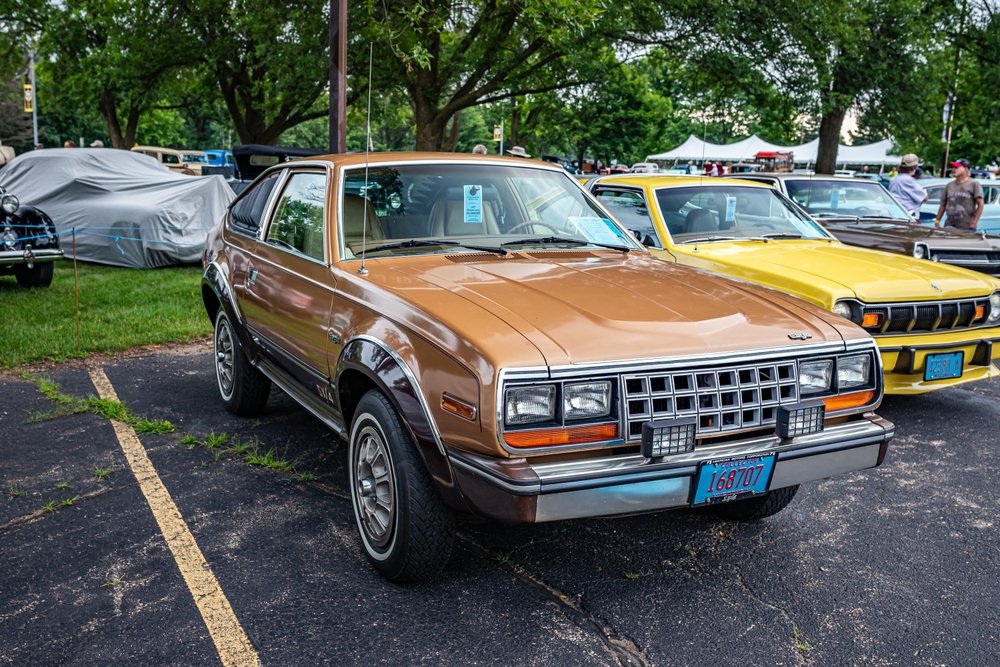
The AMC Eagle, produced from 1979 to 1987, was one of the first crossover SUVs, featuring a passenger car platform with an all-wheel-drive system. It was available in various body styles, including wagon, sedan, and coupe, and was powered by a range of inline-six and V8 engines. Despite its innovative design and early entry into the crossover market, the Eagle never gained widespread popularity. AMC’s financial struggles, limited brand recognition, and the unconventional nature of the vehicle contributed to its lack of success.
Mitsubishi Montero
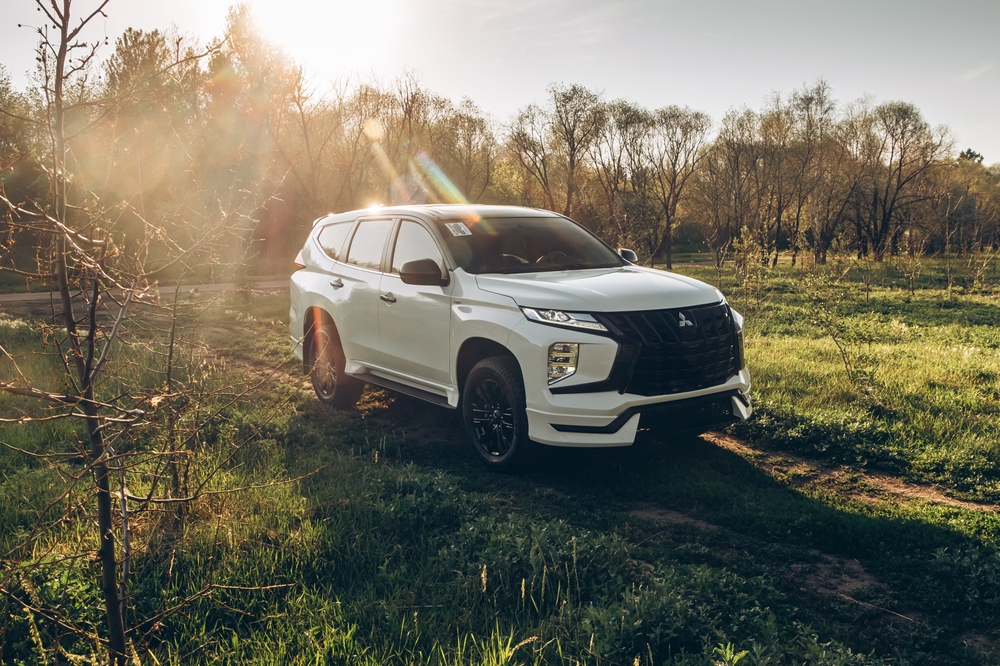
The Mitsubishi Montero, also known as the Pajero in some markets, was produced from 1982 to 2021. Despite its success in international markets and a strong reputation for off-road capability, the Montero struggled to gain a significant foothold in the U.S. market. Its boxy design, limited brand recognition, and competition from more established SUVs like the Toyota Land Cruiser and Jeep Grand Cherokee hampered its popularity. Mitsubishi’s limited marketing efforts and dealer network in the U.S. also played a role in its underperformance.
Isuzu Trooper

The Isuzu Trooper, produced from 1981 to 2002, was a capable and rugged SUV with a reputation for reliability and off-road prowess. It featured a range of engines, including a 3.5-liter V6 in later models, and offered both two- and four-wheel-drive versions. Despite its solid credentials, the Trooper never achieved widespread popularity in the U.S. market. Isuzu’s limited dealer network, lack of brand recognition, and competition from more well-known SUVs contributed to its lackluster sales.
Suzuki Samurai

The Suzuki Samurai, produced from 1985 to 1995, was a compact and affordable off-road SUV with a 1.3-liter inline-four engine producing 63 horsepower. Its small size, lightweight design, and solid front and rear axles made it highly capable off-road. However, the Samurai never gained widespread popularity due to concerns about its stability and safety, particularly its propensity for rollovers. Negative publicity from lawsuits and media reports further damaged its reputation, leading to declining sales.
Isuzu Axiom

The Isuzu Axiom, produced from 2001 to 2004, was a mid-size SUV with a distinctive, angular design. It featured a 3.5-liter V6 engine producing 230 horsepower and was available with both rear- and four-wheel drive. Despite its modern design and decent performance, the Axiom failed to capture the market’s attention. Isuzu’s declining presence in the U.S. market, limited marketing efforts, and strong competition from more established brands led to its poor sales and eventual discontinuation.
Jeep Commander
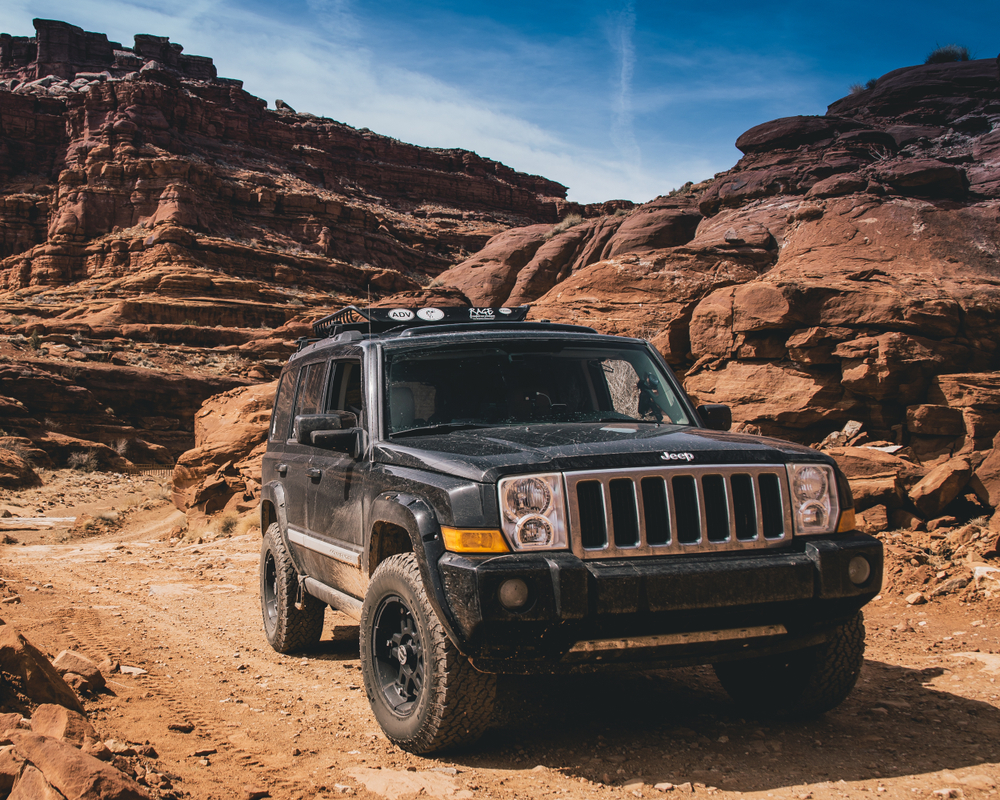
The Jeep Commander, produced from 2006 to 2010, was a full-size SUV designed to offer three-row seating and off-road capability. It featured a range of engines, including a 5.7-liter HEMI V8, and shared its platform with the Jeep Grand Cherokee. Despite its rugged styling and spacious interior, the Commander never gained significant popularity. Its boxy design, poor fuel economy, and competition from other three-row SUVs with more modern features contributed to its lack of success.
Mercury Mountaineer
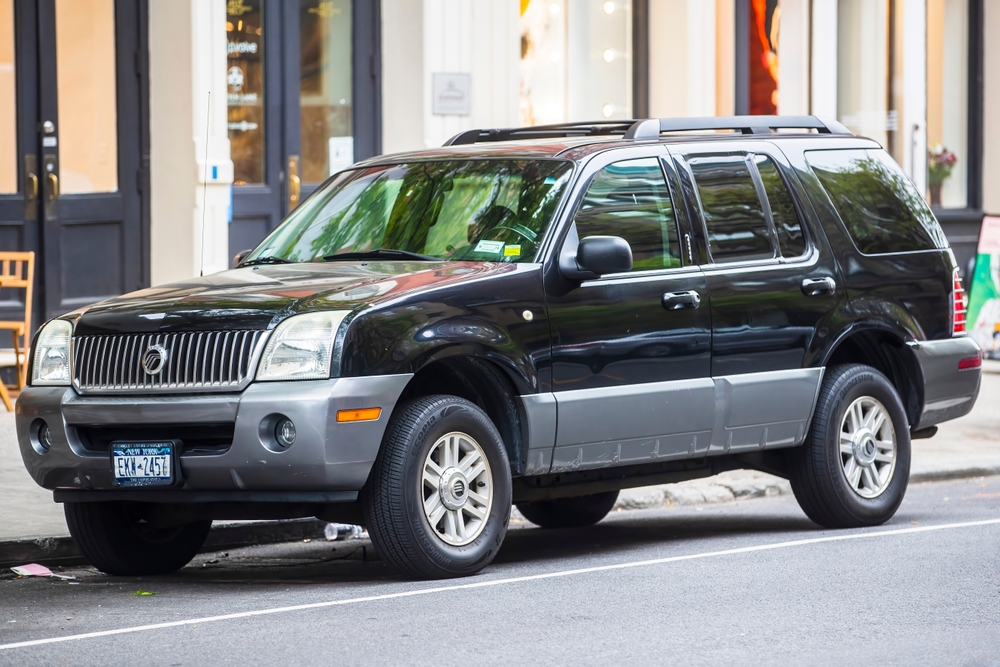
The Mercury Mountaineer, produced from 1996 to 2010, was a mid-size SUV based on the Ford Explorer. It featured a range of V6 and V8 engines and offered a more upscale design compared to its Ford counterpart. Despite its solid performance and comfortable interior, the Mountaineer struggled to gain popularity. Mercury’s declining brand image, limited differentiation from the Explorer, and the overall decline of the Mercury brand led to its discontinuation.
Volkswagen Touareg
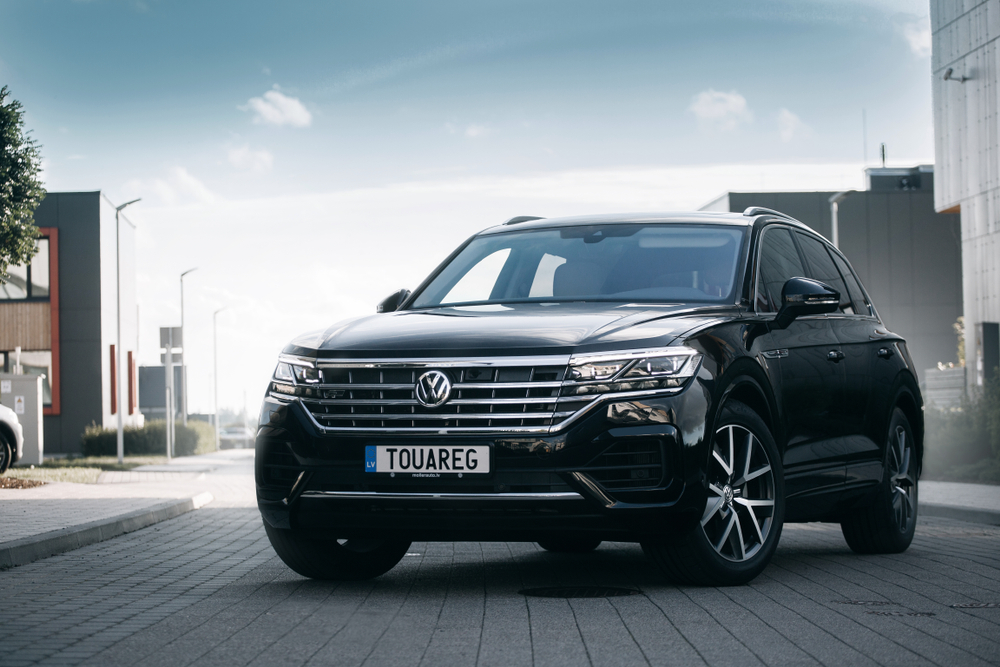
The Volkswagen Touareg, produced from 2002 to 2018, was a mid-size luxury SUV with a range of powerful engines, including a V10 TDI diesel and a W12 petrol engine. It offered a luxurious interior, advanced technology, and impressive off-road capabilities. Despite these attributes, the Touareg never gained widespread popularity in the U.S. market. Its high price, competition from more established luxury SUVs, and Volkswagen’s focus on other models like the Tiguan and Atlas contributed to its limited success.
GMC Envoy XUV
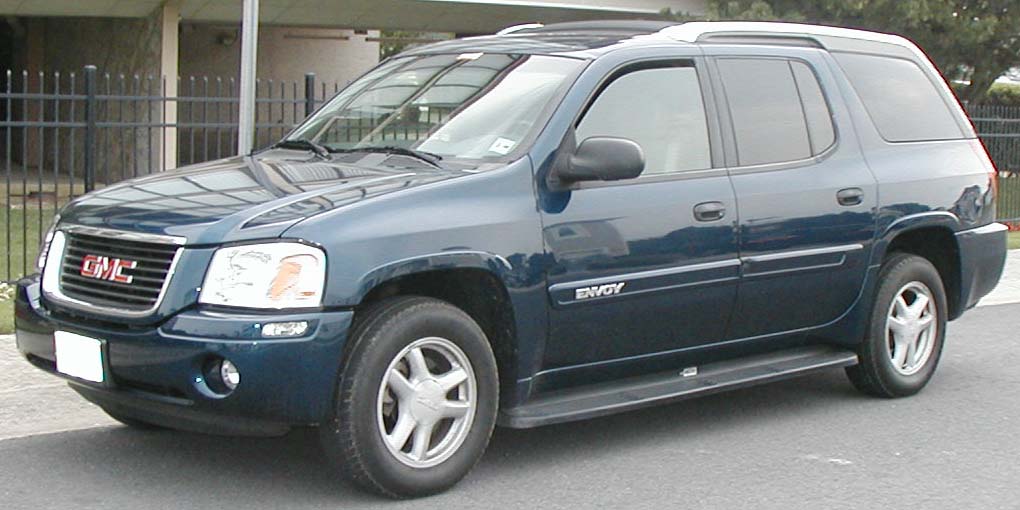
The GMC Envoy XUV, produced from 2003 to 2005, was a unique mid-size SUV with a retractable rear roof section, allowing it to function as both an SUV and a pickup truck. It featured a 4.2-liter inline-six engine producing 275 horsepower. Despite its innovative design and versatility, the Envoy XUV never gained significant popularity. Its high price, complex roof mechanism, and competition from more traditional SUVs and pickup trucks led to poor sales and its discontinuation.
Pontiac Aztek
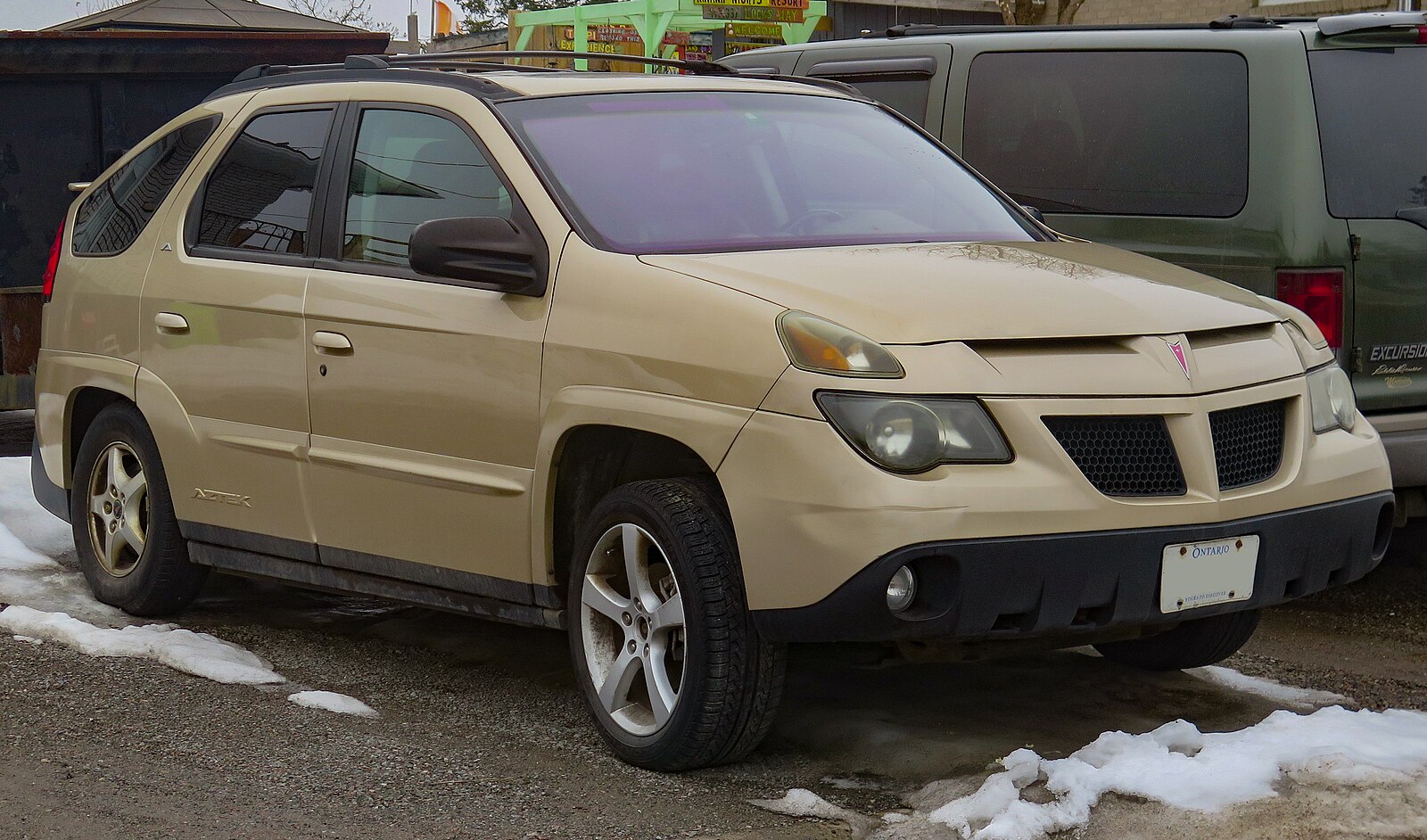
The Pontiac Aztek, produced from 2000 to 2005, was a mid-size crossover SUV with a controversial design. It featured a 3.4-liter V6 engine producing 185 horsepower and offered a range of practical features, including a versatile interior and an optional camping package. Despite its practicality, the Aztek’s polarizing design and poor build quality led to widespread criticism and poor sales. It has since gained a cult following, partly due to its appearance in the TV show “Breaking Bad,” but it remains a symbol of failed automotive design.
Nissan Pathfinder Armada

The Nissan Pathfinder Armada, produced from 2004 to 2015, was a full-size SUV with a powerful 5.6-liter V8 engine producing 317 horsepower. It offered a spacious interior, strong towing capacity, and off-road capability. Despite its solid attributes, the Pathfinder Armada struggled to gain popularity. Its large size, poor fuel economy, and competition from other full-size SUVs like the Chevrolet Tahoe and Ford Expedition contributed to its limited success. Nissan eventually rebranded it as the Armada, but the initial Pathfinder Armada model remains less well-known.
Chevrolet TrailBlazer EXT

The Chevrolet TrailBlazer EXT, produced from 2002 to 2009, was a mid-size SUV with an extended wheelbase to accommodate three rows of seating. It featured a range of engines, including a 5.3-liter V8 in later models, providing solid performance and towing capacity. Despite its practicality and capabilities, the TrailBlazer EXT never gained widespread popularity. Its boxy design, poor fuel economy, and competition from more refined three-row SUVs led to its eventual discontinuation.
Ford Bronco II

The Ford Bronco II, produced from 1983 to 1990, was a compact SUV based on the Ford Ranger platform. It featured a range of V6 engines and offered good off-road capability. Despite its initial popularity, the Bronco II faced significant criticism for its tendency to roll over during sharp turns and sudden maneuvers. Negative publicity, lawsuits, and safety concerns led to declining sales and its eventual replacement by the Ford Explorer.
Oldsmobile Bravada
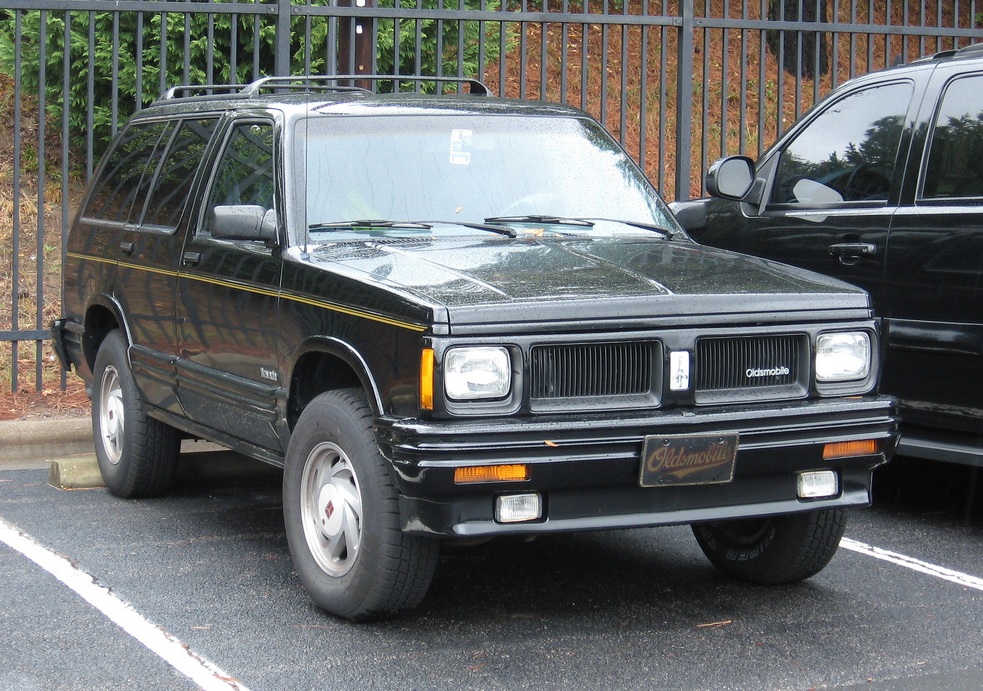
The Oldsmobile Bravada, produced from 1991 to 2004, was a mid-size SUV based on the Chevrolet Blazer and GMC Jimmy. It featured a range of V6 engines and offered a more upscale interior and styling compared to its siblings. Despite its comfortable ride and solid performance, the Bravada never gained significant popularity. Oldsmobile’s declining brand image, competition from other GM SUVs, and the overall decline of the Oldsmobile brand led to its discontinuation.
Dodge Raider
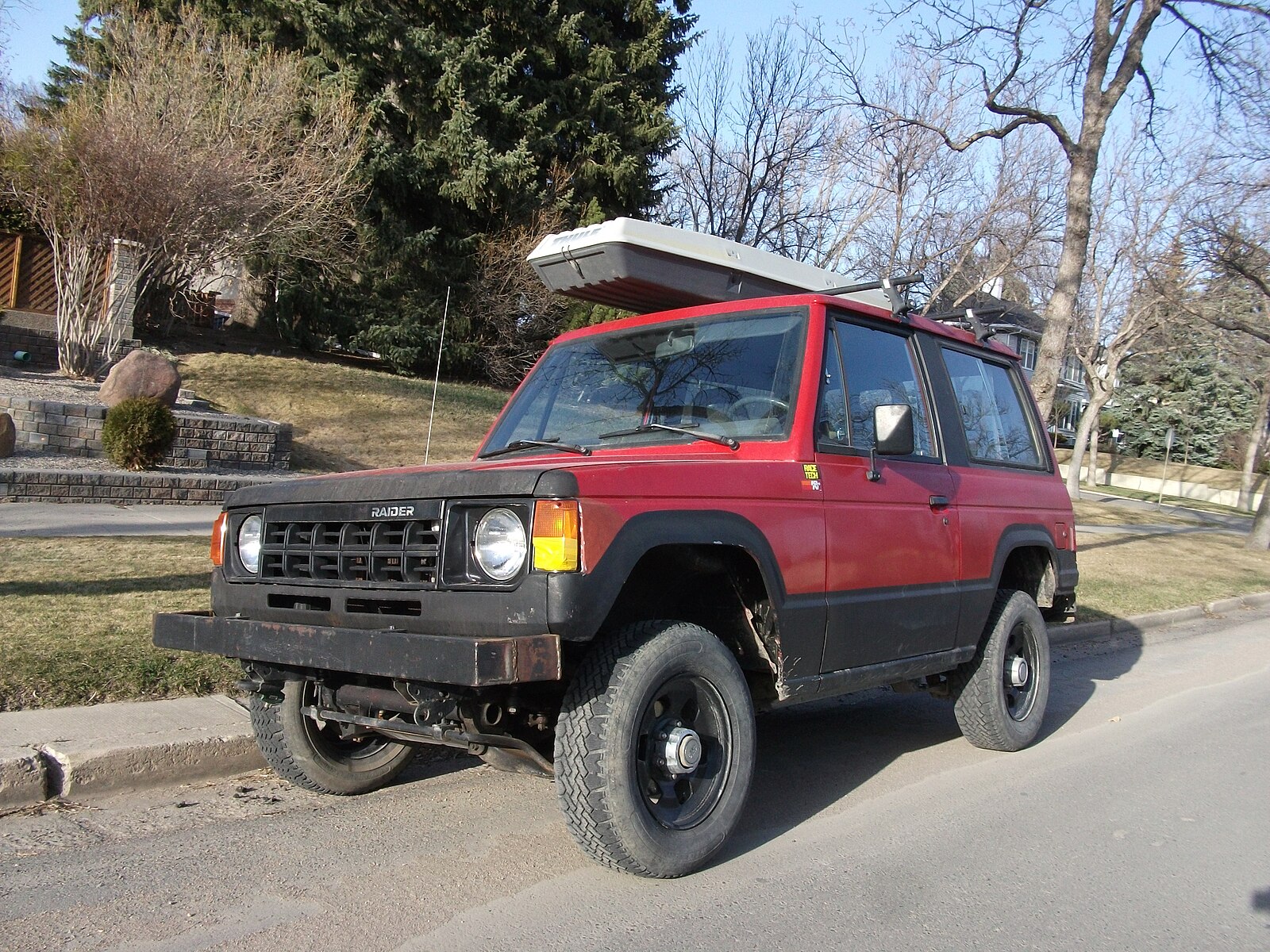
The Dodge Raider, produced from 1987 to 1989, was a rebadged version of the Mitsubishi Pajero/Montero. It featured a 2.6-liter inline-four engine and later a 3.0-liter V6, offering decent off-road capability and a compact design. Despite its solid underpinnings, the Raider never gained widespread popularity. Dodge’s limited marketing efforts, competition from other compact SUVs, and the availability of the similar Mitsubishi Montero under its own brand contributed to its limited success.
Mazda Tribute
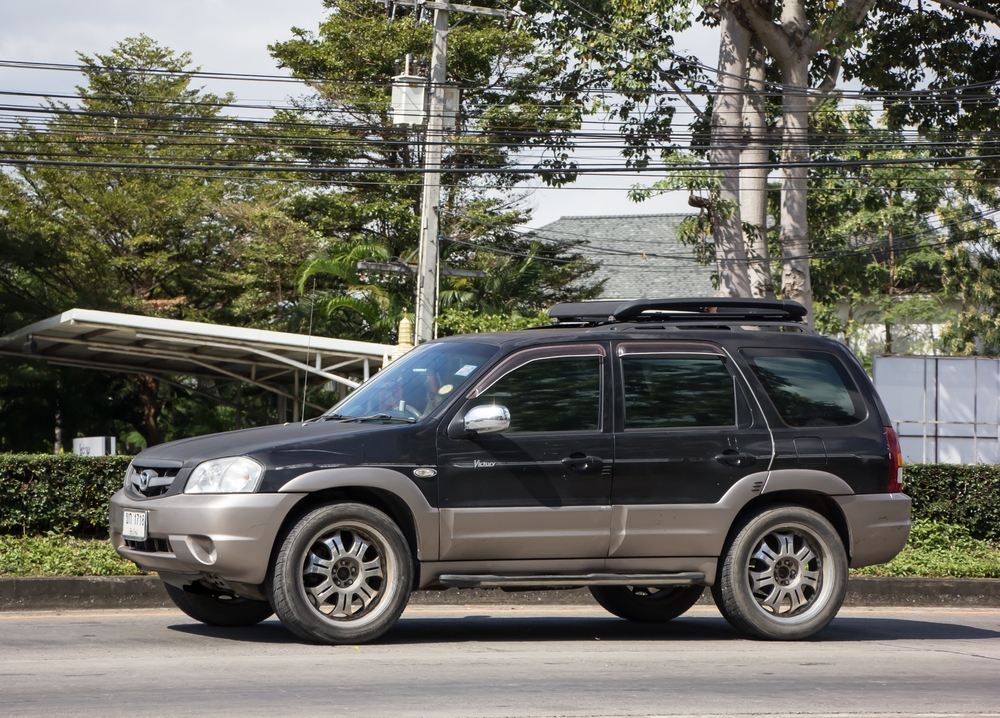
The Mazda Tribute, produced from 2000 to 2011, was a compact SUV developed in partnership with Ford, sharing its platform with the Ford Escape. It featured a range of four-cylinder and V6 engines and offered a practical and comfortable interior. Despite its solid performance and reliability, the Tribute never gained significant popularity. Competition from the more widely recognized Ford Escape, Mazda’s limited presence in the SUV market, and a lack of standout features led to its eventual discontinuation.
This article originally appeared on MyCarMakesNoise.
More from MyCarMakesNoise
22 American Classic Cars That Stand the Test of Time

These icons of the road highlight America’s rich automotive heritage, blending power, style, and innovation in ways that continue to influence the industry and car culture today. Read More.
The 15 Most Unattractive Muscle Cars Ever Made
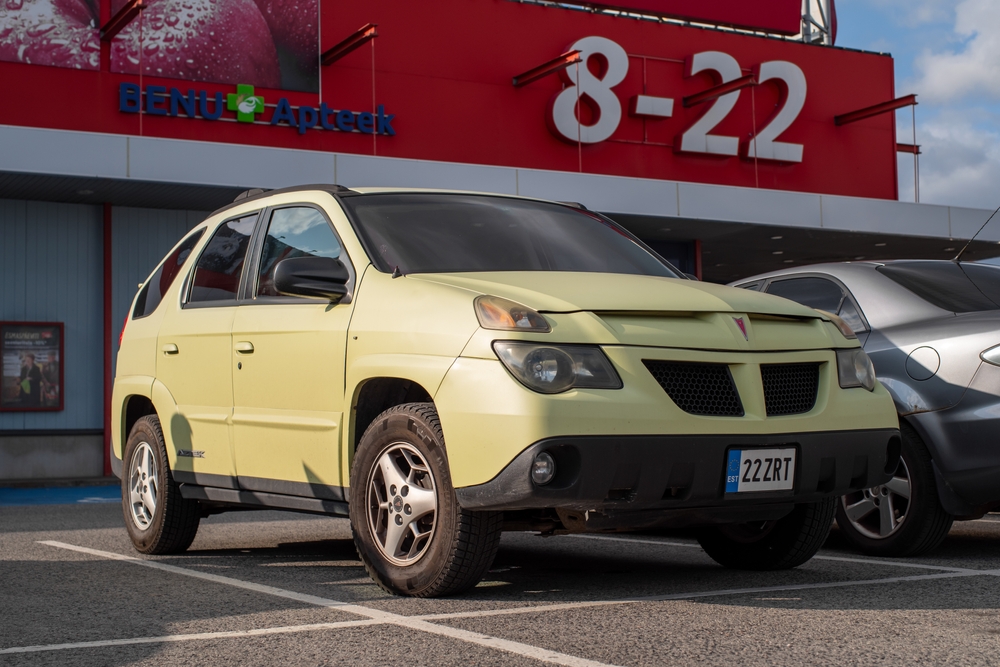
This article explores a selection of these distinctive vehicles, each notable for its unique style that might not resonate with traditional muscle car enthusiasts. Read More.
21 Iconic German Muscle Cars You Need to Know

These vehicles stand out for their exceptional performance, innovative design, and significant influence on the automotive landscape. Perfect for car enthusiasts and admirers of cutting-edge engineering, this showcase highlights the best in power, precision, and style. Read More.

